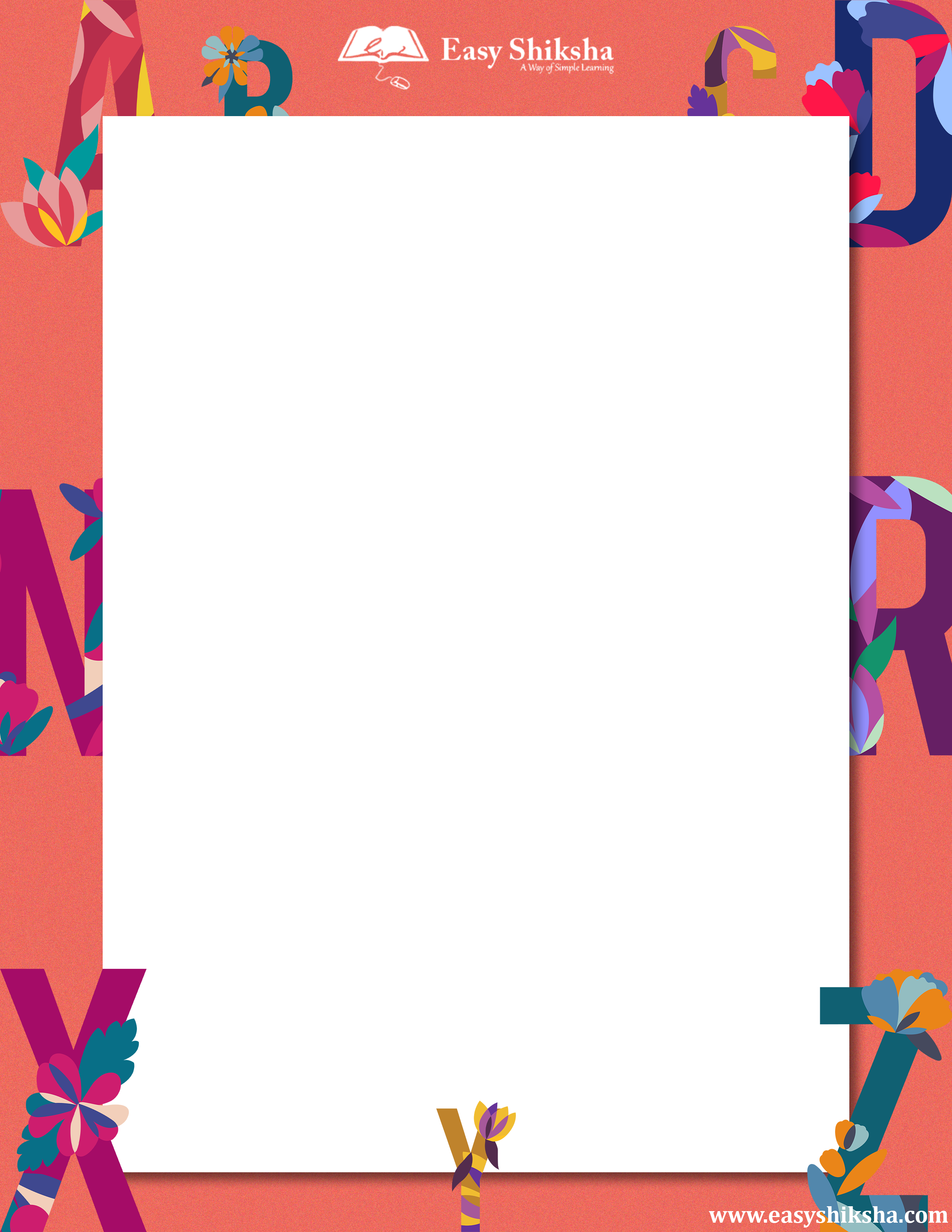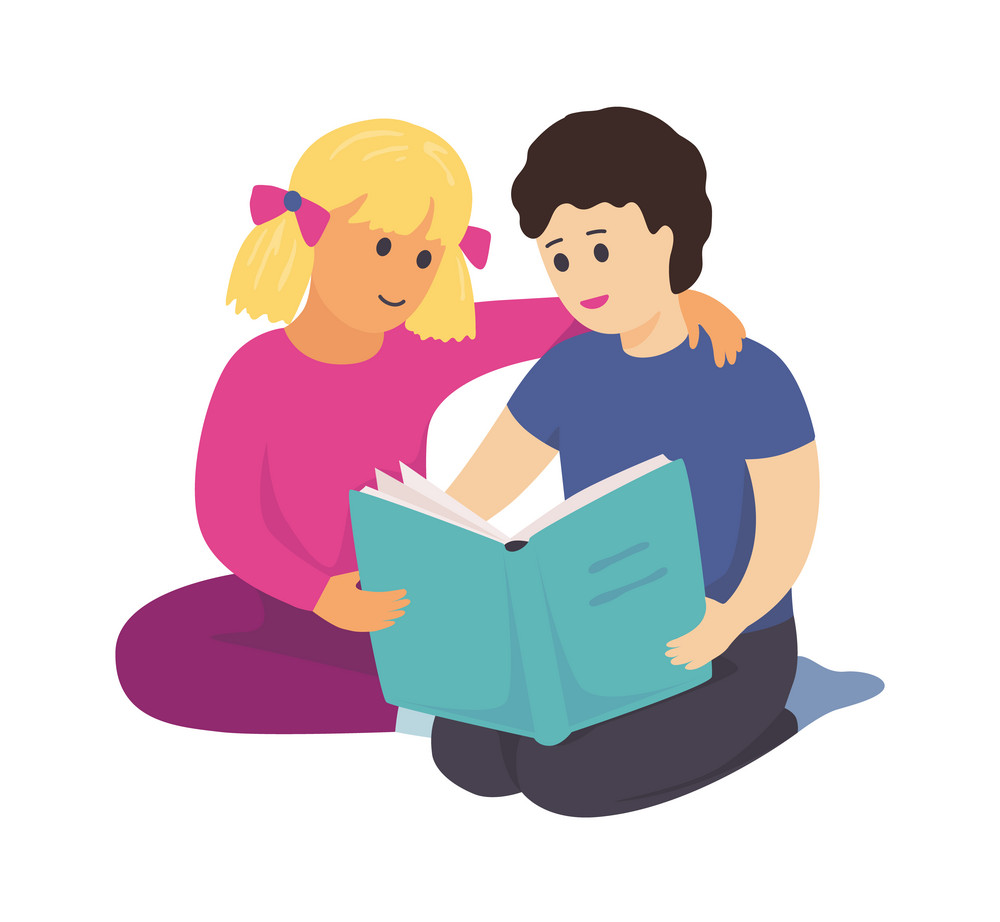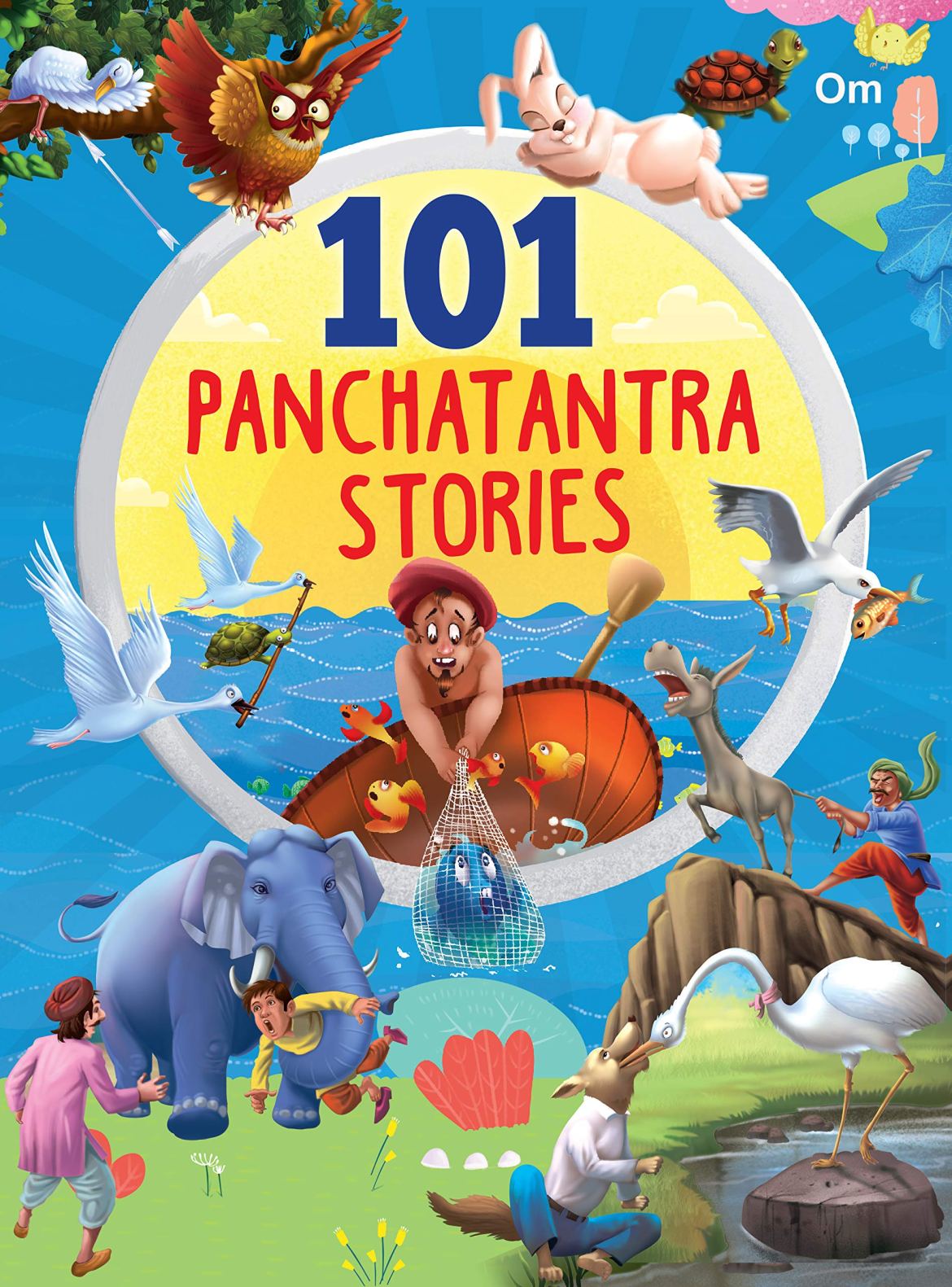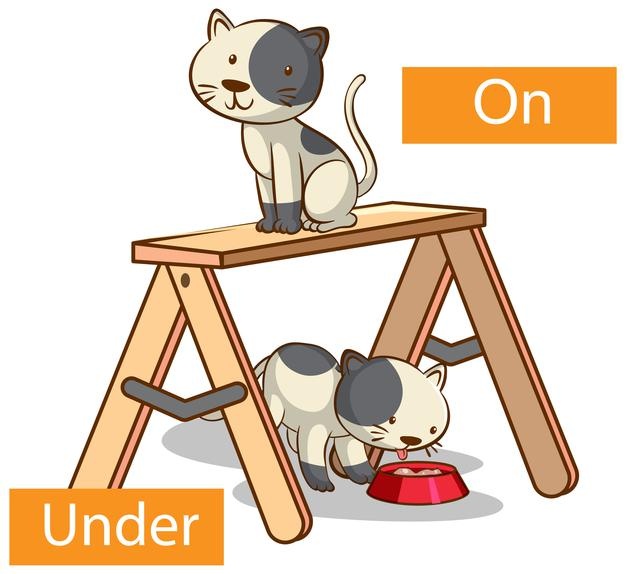English Verbs Worksheet 1 For Class 3
Introduction:
Verbs are the action words in English grammar that describe what the subject is doing. Basically verbs are the word that expresses a physical action , a mental action , or a state of being.
Here are some examples:
- A physical action- to swim, to write , to sing, to eat etc.
- A mental action- to guess ,to think, to consider etc.
- A state of being – to exist, to be, to appear etc.
Along with nouns, pronouns, verbs are also the main part of a sentence or phrase, telling a story about what is taking place and what the subject is doing. In fact, without a verb, full thoughts can’t be properly conveyed. Verbs are very important in grammar, and we actually use many different forms of verbs when we talk about what things do or how things are. In the usual description of English, the basic form, with or without the particle to, is the infinitive. In many languages, verbs are modified in form to encode tense, aspect, mood, and voice. A verb may also agree with the person, gender or number of some of its subjects, or object. Verbs generally exist in tenses: present, to indicate that an action is being carried out, the past, to indicate that an action has been done and the future, to indicate that an action will be done.
Types of verbs
We are going to explore different forms of verbs. Because every type deserves some attention, we won’t be going into too much detail on each type. Because they do so much for us, it is only fair that we take the time to learn a little more about verbs and some of the common types of verbs used in English. Listed below are each of the types of verbs that we are going to look at.
1. Action verbs
Action verbs, as their name says, are used to refer to a particular action. These can refer to physical actions that are performed with bodies or objects, such as jump, hit, or sing, or mental actions that we use our brains to perform, such as think, consider, or memorise. Most verbs you will find are the action verbs.
List of action verbs
Run, swim, Help, Ignore, Believe, hit etc.
2. Stative verbs
Unlike action verbs, Stative verbs refer to conditions or states of being. Generally speaking, we use Stative verbs to describe things like qualities, states of existence, opinions, and emotions. When used in a sentence, Stative verbs do not refer to any actions. It is important to know that some verbs can be used as either action or Stative verbs depending on their meaning in the sentence. We are less likely to use Stative verbs in our continuous verb tenses.
List of Stative verbs
Love. Want, Own, Have, Resemble
3. Transitive verbs
A transitive verb is a verb that is accompanied by a direct object in a sentence. The direct object is the noun, or pronoun, that is having something done to it by the subject of the sentence. Both action and Stative verbs can have direct objects, which means they can both be used as the transitive form of verbs.
List of transitive verbs
Ate, brought , hates etc.
4. Intransitive verbs
The opposite of a transitive verb is the intransitive verb. A verb is an intransitive verb if it is not used with a direct object. Remember, only nouns, pronouns, and noun phrases can be direct objects. Prepositional phrases, adjectives, and adverbs cannot be used as the direct objects. So again, both action and Stative verbs can be used as intransitive verbs.
5. Linking verb
A verb that acts as a link between two words is called linking verb. It connects or links a subject to a noun or an adjective in the sentence.
Linking verb list:
Appear, Become, Feel, Taste, Turn
6. Finite verb
Finite verbs mean those verbs which can change their form in accordance with the subject. It defines the time (past or present) and the subject. It tells you who is doing the action and when it is being done.
For example,
He eats rice. And They eat rice.
I am a student., He is a student. They are students.
7. Infinitive verb
An infinitive is a verb which has “to” before it. It shows infinite action when it is used at the beginning of the sentence.
For example,
To see is to believe.
To be weak is miserable.
8. Auxiliary verbs
There are three auxiliary verbs in English: be, do and have. Auxiliary verbs come before main verbs.
Be , do, have etc.
9. Helping Verbs
Helping verbs do exactly what it seems like they should do. They help. That is, they help the main verb of the sentence by extending its meaning. They are used in cases where the linking verb on its own is not sufficient to form a complete thought or sentence. In the examples below, the helping verb is bold and italicised, while the linking verb is bold only.
have been , am walking , are reading , will run
Instructions to solve the worksheet
You are provided with few random sentences listed below based on your understanding and reading of the text identify the verbs given in each of the sentences and circle them.












































